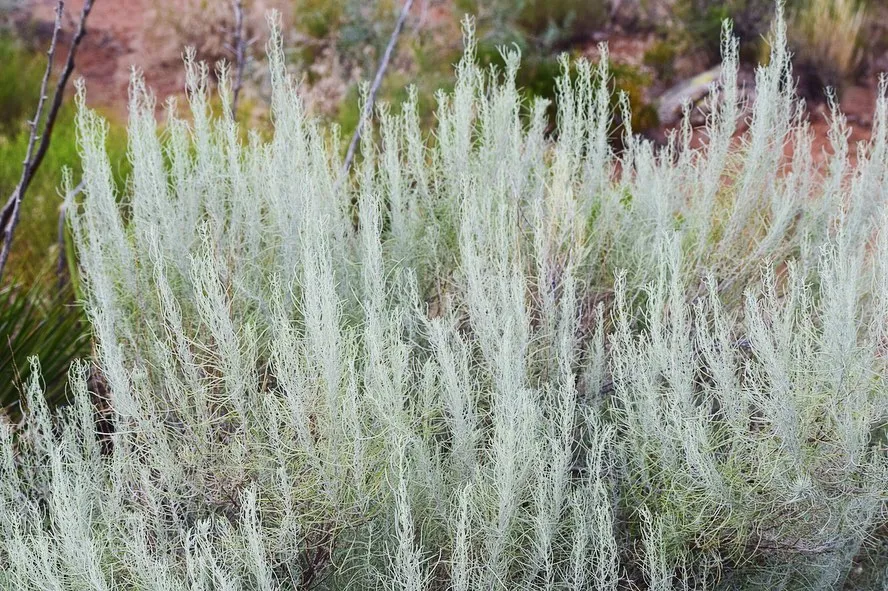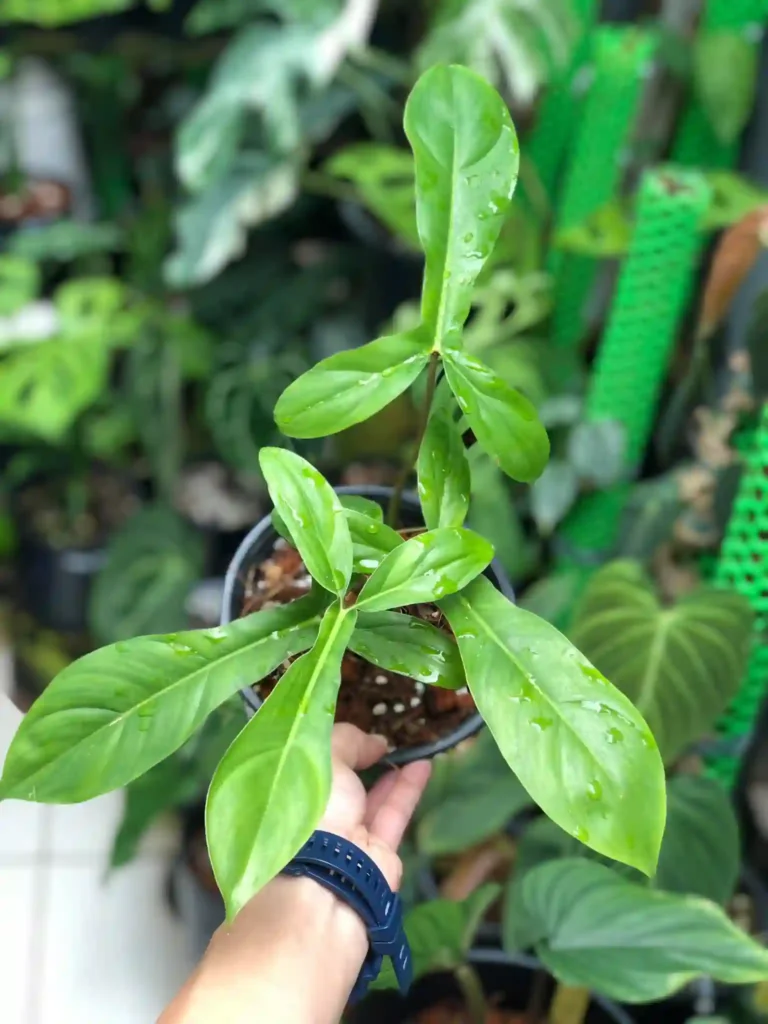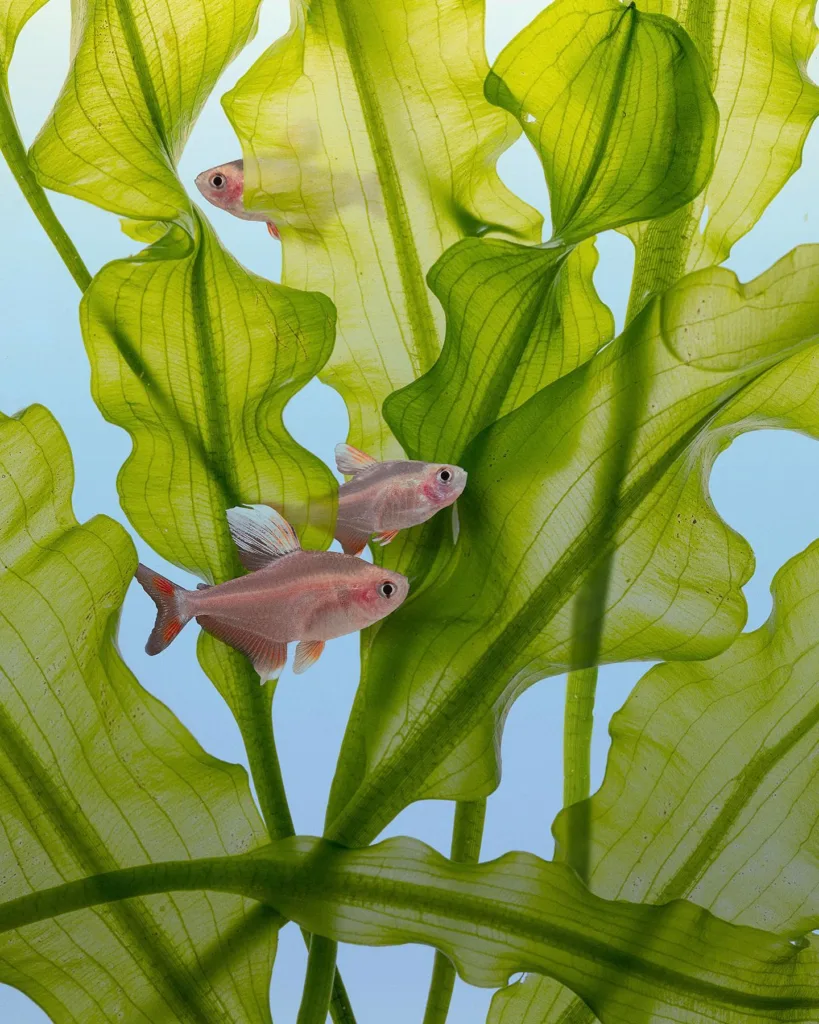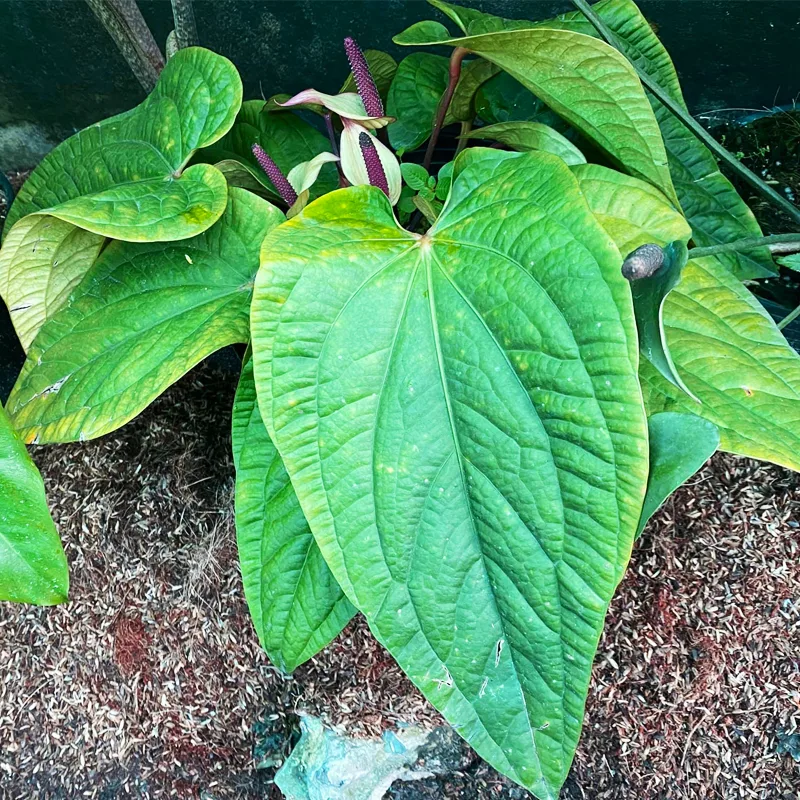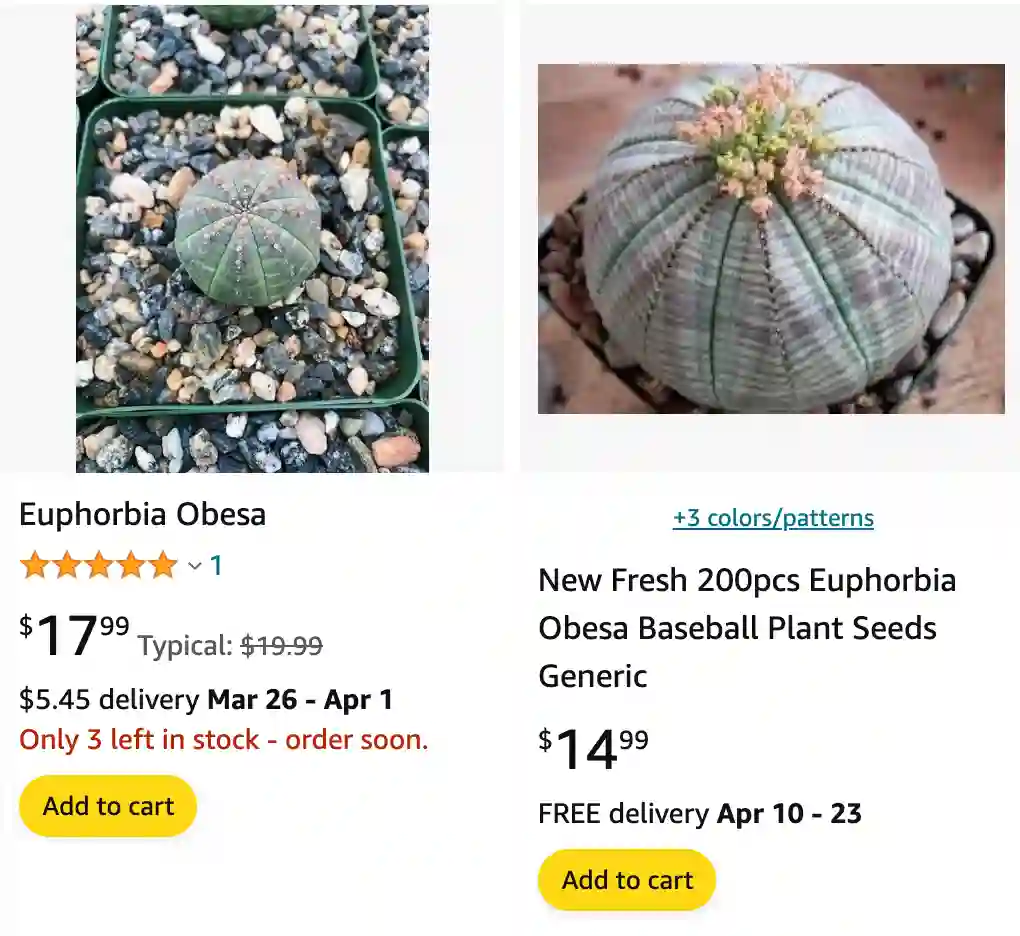
My Baseball Plant Obsession: The Alluring Euphorbia Obesa
For any plant enthusiast, there’s a certain allure to the unusual and the unexpected. Enter the Euphorbia obesa, also known as the Baseball Plant. This quirky succulent has stolen a place in my heart (and windowsill) with its unique, almost cartoonish appearance. Its plump, spherical body and smooth, green surface make it look more like a misplaced baseball than a living thing. But beneath that playful exterior lies a surprisingly resilient and low-maintenance succulent.
Over the past few years, I’ve become completely obsessed with cultivating this quirky plant. From learning about its origins to perfecting its care routine, the Euphorbia obesa has become a fascinating addition to my plant family. So, if you’re curious about this unique succulent, then grab your gardening gloves, because we’re diving deep into the world of Euphorbia obesa!
2093 Species in Genus Euphorbia
Where Does the Euphorbia Obesa Grow?
Unlike many succulents that hail from the deserts of Mexico or South America, the Euphorbia obesa has a more unique origin story. This little baseball actually comes from the south-central Cape Provinces of South Africa. Specifically, it thrives in the Great Karoo, a semi-arid region known for its hot summers and cool winters. In its natural habitat, the Euphorbia obesa grows in rocky outcrops, where its plump body helps it store water during dry periods.
Sadly, due to over-collection by plant enthusiasts, the Euphorbia obesa became quite rare in the wild. Thankfully, it’s now protected by national and international legislation, so you can rest assured that any Euphorbia obesa you purchase comes from a reputable source.
Euphorbia Obesa Male vs Female
I’ve noticed that my male Euphorbia Obesa is slightly less rounded and has more pronounced ridges compared to the female, which has a fuller, more spherical shape and tends to produce those charming little flowers.
How to Grow Euphorbia Obesa?
The beauty of the Euphorbia obesa lies not just in its looks but also in its relative ease of care. Here’s what you need to know to cultivate your very own baseball plant:
- Light: Euphorbia obesa prefers bright, indirect sunlight. While a few hours of direct sun in the morning can be beneficial, too much harsh sunlight can scorch the plant and lead to stress coloration (a brownish hue).
- Soil: Opt for a well-draining cactus or succulent mix. This will ensure proper drainage and prevent root rot, a common enemy of succulents.
- Potting: Choose a pot with a drainage hole that’s slightly larger than the diameter of the Euphorbia obesa. Terracotta pots are a great option as they allow for better air circulation.
When to Water Euphorbia Obesa?
One of the biggest mistakes new succulent owners make is overwatering. Remember, the Euphorbia obesa is a champion at storing water. It’s better to underwater than overwater this plant. Here’s a simple rule of thumb:
- Water thoroughly when the soil is completely dry to the touch.
- Avoid getting water on the stem as this can lead to rot.
- During the winter months, you can water even less frequently, perhaps once a month or even less depending on your climate.
How to Care for Euphorbia Obesa?
Beyond watering, there’s not much you need to do to keep your Euphorbia obesa happy. Here are some additional tips:
- Fertilize: You can feed your Euphorbia obesa a diluted cactus fertilizer once a month during the growing season (spring and summer). However, it’s perfectly happy without fertilizer as well.
- Temperature: This succulent thrives in warm temperatures, ideally between 65°F and 80°F (18°C – 27°C). Be sure to protect it from frost during the winter.
- Repotting: As your Euphorbia obesa grows, it might need to be repotted into a larger container. Look for signs like roots pushing out of the drainage hole or the plant becoming top-heavy.
Can Euphorbia Obesa Live Outdoors?
While the Euphorbia obesa can tolerate some time outdoors in warm climates, it’s generally best suited for container gardening. Here’s why:
- Sun exposure: The harsh afternoon sun in many regions can be too much for this succulent.
- Cold temperatures: The Euphorbia obesa is not frost-tolerant. If you live in a region with freezing winters, it’s best to keep it indoors.
What to Plant with Euphorbia Obesa?
The unique form and color of the Euphorbia obesa make it a conversation starter in any plant collection. Here are some ideas for planting companions:
- Other succulents: Echeveria, haworthia, and aloe vera all share similar water needs and can create a visually interesting arrangement.
- Cacti: The Euphorbia obesa’s plump form complements the spiky silhouettes
If i die, water my plants!
